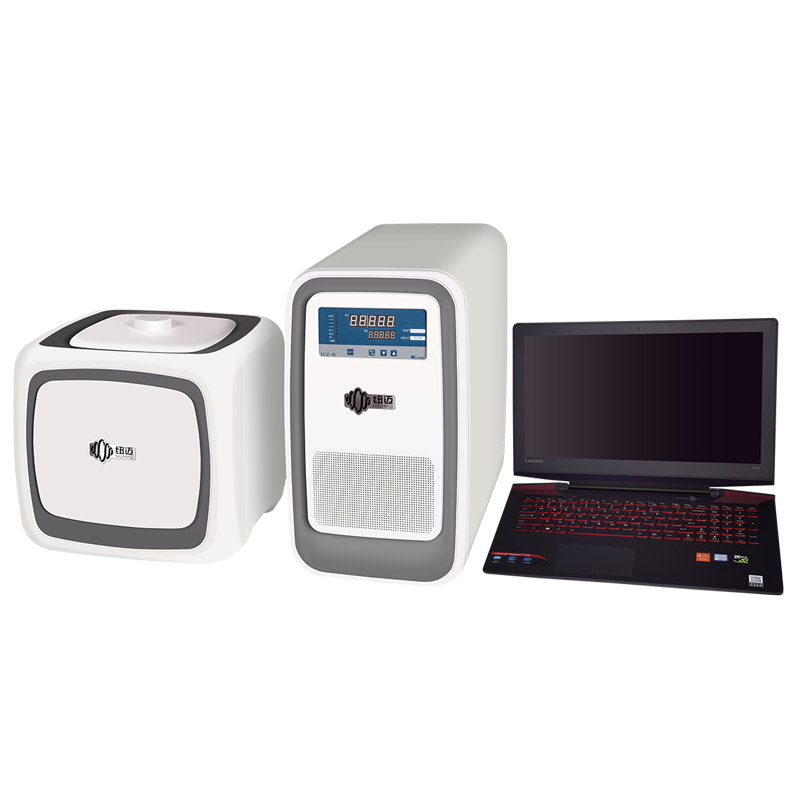2D time-domain NMR spectroscopy technology is currently a research hotspot in the field of NMR. By using this technology, researchers in different fields have made a lot of application attempts. We uses 2D spectrum technology to guide and evaluate existing biofuel production processes and provides a new and reliable tool for finding new sources of biofuel production. We also use time-domain 2D spectroscopy technology to evaluate the extent of apple water heart disease. Además, the 2D spectrum is also used in different fields such as the evaluation of the baking process of iron-rich ceramics, the evaluation of the permeability of biofilms and the evaluation of microbial enrichment technology of precious metals. As a new tool for analysis and testing, time-domain NMR 2D spectroscopy technology has promoted the development of related disciplines to a certain extent.
The 2D time-domain spectroscopy technique is different from the traditional magnetic resonance technique. Magnetic resonance imaging is a typical application of Fourier transform. The image is obtained by Fourier transform on the data after phase encoding and frequency encoding. En términos generales, the higher the main magnetic field strength, the higher the image quality that can be obtained. Por lo tanto, the development of magnetic resonance imagers tends to use higher field strength main magnetic fields. The Fourier transform is also used in the liquid NMR analysis technique. This technique requires the use of a higher-strength main magnetic field to reflect the influence of the small difference in the electron cloud distribution between different molecular structures on the resonance frequency, high resolution High-speed liquid NMR analyzers are generally high-field equipment. High-resolution solid-state NMR technology introduces methods such as magic angle spinning (MAS) to eliminate the anisotropy of solid molecules and improve the resolution of chemical shift spectra. The subsequent processing still needs Fourier transformation. The Fourier transform is the basic data processing method in the widely used NMR technology, and in the time-domain 2D spectrum technology, Laplace transform is replaced. The chemical shift spectrum is a typical frequency domain spectrum, and the time domain 2D spectrum technology obtains the time domain spectrum related to the molecular dynamic characteristics (longitudinal relaxation time T1, transverse relaxation time T2, diffusion coefficient D, etc.).
High-resolution NMR can even provide a “fingerprint” corresponding to the molecular structure. This is the advantage of high-field equipment under the condition of high signal-to-noise ratio, but it is also a disadvantage under certain application conditions. Por ejemplo, in the fields of food, agricultura, etc., obtaining relevant information about free water, bound water, and water between these two states has important reference value for conventional processes such as storage and sorting. Obviously, el “fingerprints of water in different states” “It’s exactly the same. In the fields of biomedicine, Ciencias de la vida, etc., obtaining information on the size of molecular clusters also has great practical value. When the components of the clusters are relatively single, it is easy to form peak aliasing using chemical shift spectra. If time-domain NMR time-domain spectroscopy technology is used, this information can be obtained intuitively through the distribution of peaks.
The original signal obtained by sampling through a 2D sequence cannot generally be used directly, and the 2D spectrum obtained after inversion has a clear and intuitive meaning. In theory, 2D time-domain spectra can also be obtained on high-field equipment. Sin embargo, high-field equipment has higher requirements for magnetic field uniformity and may also induce strong internal gradients in samples with ferromagnetic particles, which seriously affects the reliability of sampled data. Sin embargo, the signal-to-noise ratio of the sampled signal using time-domain equipment is very low, coupled with the sensitivity of the Laplace transform to noise, which makes the stable and reliable 2D spectrum inversion very challenging.

 mohoso
mohoso